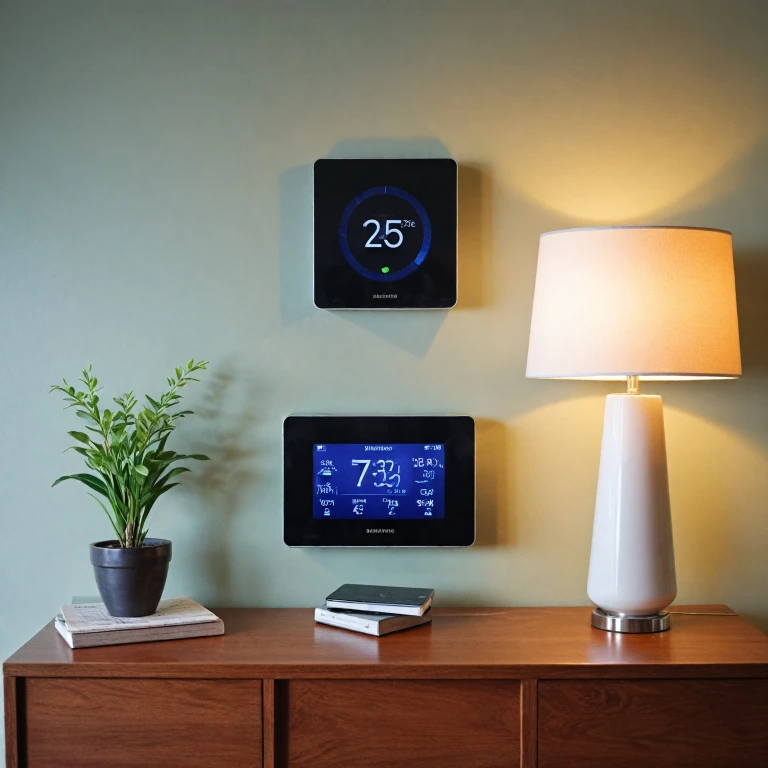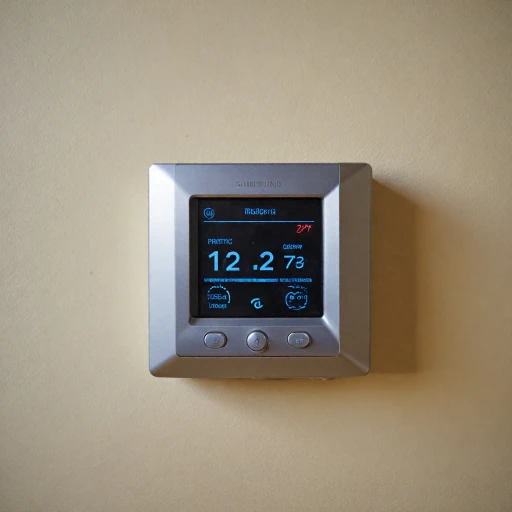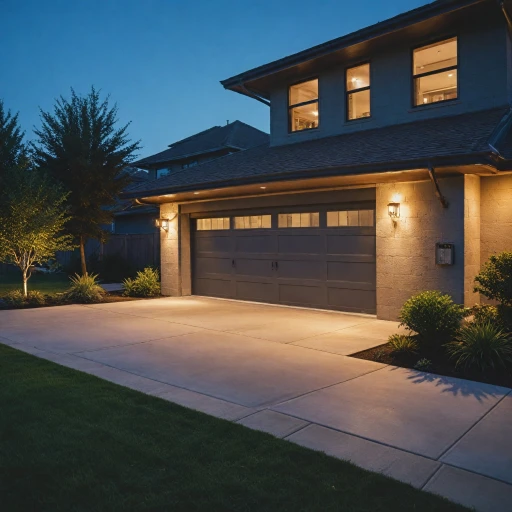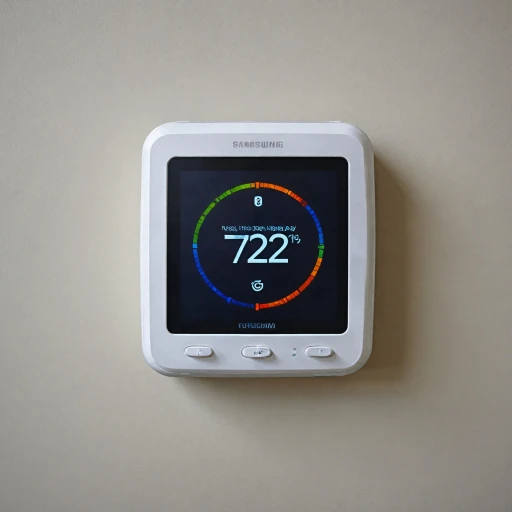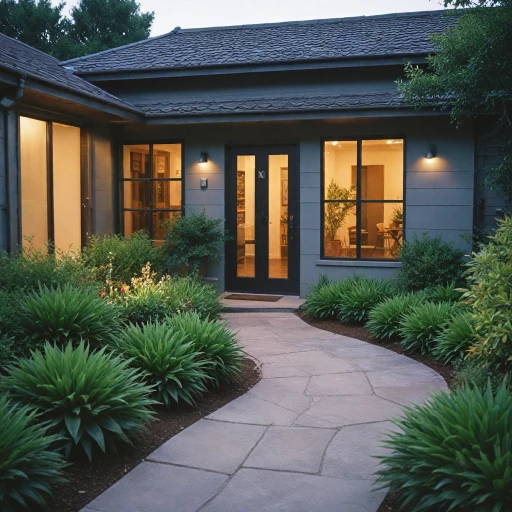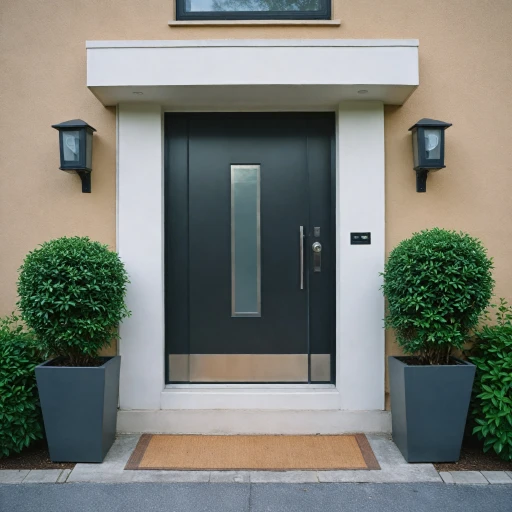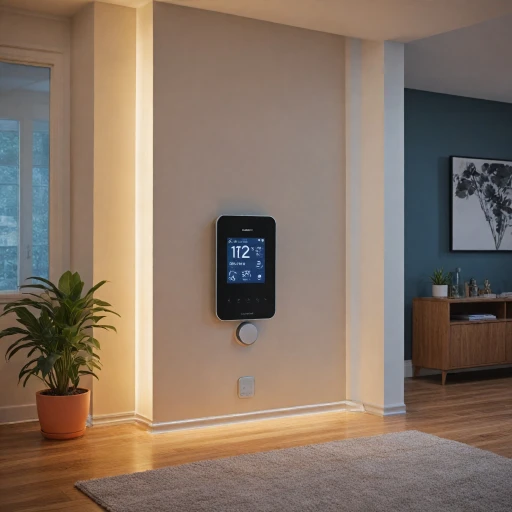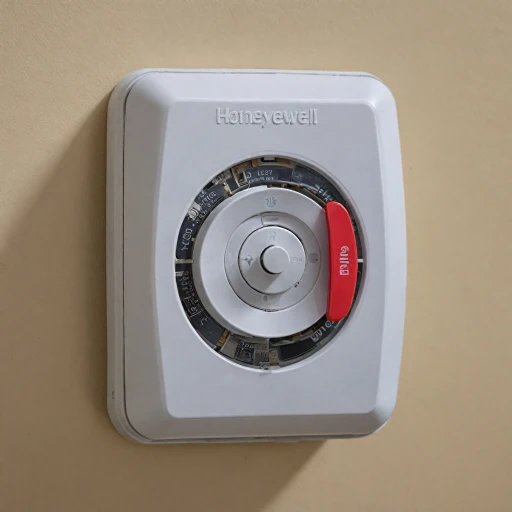
Understanding Z-Wave Technology
Exploring the Basics of Z-Wave Technology
Z-Wave technology is a wireless communication protocol that plays a crucial role in smart home automation. It operates on a low-power radio frequency, allowing devices to communicate with each other over a mesh network. This technology is particularly popular for its reliability and security, making it a preferred choice for smart thermostats and other smart devices.
One of the key features of Z-Wave is its ability to create a robust network where each device acts as a repeater, extending the range of the network. This is especially beneficial in larger homes where a single controller might not cover the entire area. By using Z-Wave repeaters, you can ensure that your smart thermostat and other devices maintain a strong connection, even in areas far from the primary controller.
Security is another significant advantage of Z-Wave technology. It uses AES-128 encryption, which is a standard in wireless security protocols. This ensures that your smart devices, including thermostats, are protected from unauthorized access. For those interested in enhancing home security further, integrating Z-Wave door locks can be an excellent addition to your smart home setup. Enhancing home security with Z-Wave door locks can provide peace of mind and seamless control.
Manufacturers like Aeotec offer a range of certified Z-Wave products, including range extenders and repeaters, which are designed to enhance the connectivity of your smart home devices. These products are easy to install and can significantly improve the performance of your Z-Wave network. By understanding the basics of Z-Wave technology, you can make informed decisions about integrating smart thermostats and other devices into your home automation system.
The Role of Z-Wave Repeaters
Understanding the Functionality of Z-Wave Repeaters
Z-Wave repeaters play a crucial role in enhancing the connectivity of smart thermostats within a Z-Wave network. These devices act as intermediaries, boosting the range and reliability of wireless signals between your smart thermostat and the primary Z-Wave controller. By doing so, they ensure that your smart devices communicate effectively, even in larger homes or spaces with challenging layouts.
Expanding the Z-Wave Network
One of the primary functions of a Z-Wave repeater is to extend the wave range of your network. This is particularly beneficial in environments where the signal might be obstructed by walls or other physical barriers. By strategically placing repeaters, you can fill gaps in coverage, ensuring that all Z-Wave devices, including your smart thermostat, remain connected and responsive.
Ensuring Reliable Connectivity
Inclusion of Z-Wave repeaters in your network can significantly enhance the reliability of your smart thermostat's connectivity. These devices will automatically relay signals, reducing the likelihood of communication failures due to distance or interference. This is especially important for maintaining consistent climate control in your home, as any disruption in connectivity could lead to inefficiencies or discomfort.
Power and Security Considerations
Most Z-Wave repeaters, such as those from the Aeotec series, are powered by mains power, ensuring they remain active even during power outages. Additionally, certified Z-Wave devices incorporate advanced security protocols, safeguarding your network from unauthorized access. This dual focus on power and security makes Z-Wave repeaters a reliable choice for enhancing your smart home setup.
Choosing the Right Product
When selecting a Z-Wave repeater, consider factors such as compatibility with your existing Z-Wave hub and the specific needs of your home environment. Products like the Aeotec range extender are popular choices due to their robust performance and ease of installation. For more insights on enhancing your home automation, you might find this guide on Z-Wave garage door controllers useful.
Benefits of Using Z-Wave Repeaters with Smart Thermostats
Advantages of Integrating Z-Wave Repeaters with Smart Thermostats
Incorporating Z-Wave repeaters into your smart thermostat setup can significantly enhance the overall performance and reliability of your home automation system. These devices act as crucial components in extending the range and stability of your Z-Wave network, ensuring that your smart thermostat operates seamlessly.
- Extended Range: Z-Wave repeaters effectively increase the range of your Z-Wave network, allowing your smart thermostat to communicate with the controller even if it's located far from the primary hub. This is particularly beneficial in larger homes or buildings where the distance might otherwise impede connectivity.
- Improved Network Stability: By filling in gaps within the Z-Wave network, repeaters help maintain a stable connection between devices. This reduces the likelihood of signal dropouts, ensuring that your smart thermostat remains responsive to remote controls and automation commands.
- Enhanced Security: A robust Z-Wave network, bolstered by repeaters, can enhance the security of your smart home setup. With a more reliable connection, your smart thermostat can better integrate with other security devices, such as door locks and motion sensors, to provide a comprehensive security solution.
- Energy Efficiency: By ensuring that your smart thermostat maintains a consistent connection, Z-Wave repeaters can help optimize energy usage. This leads to more accurate temperature control and potentially lower energy bills.
- Compatibility with Various Devices: Many Z-Wave repeaters, like those from Aeotec, are designed to work seamlessly with a wide range of Z-Wave devices. This compatibility ensures that your smart thermostat can easily integrate into your existing smart home ecosystem.
Overall, the inclusion of Z-Wave repeaters in your smart thermostat setup can transform your home automation experience, providing a more reliable, secure, and efficient system.
Challenges in Smart Thermostat Connectivity
Addressing Connectivity Issues in Smart Thermostats
Smart thermostats are revolutionizing home automation, but connectivity challenges can sometimes hinder their performance. Understanding these challenges is crucial for optimizing your smart thermostat setup.
One common issue is the range of your Z-Wave network. While Z-Wave technology offers robust wireless communication, its range can be limited by physical obstructions or interference from other wireless devices. This is where a Z-Wave repeater or range extender becomes invaluable. By boosting the signals, these devices help fill gaps in your network, ensuring that your smart thermostat remains connected.
Another challenge is the potential for power outages. Smart devices, including thermostats, rely on consistent power to function effectively. A power outage can disrupt your network, causing your thermostat to lose connection with the Z-Wave controller. Ensuring that your Z-Wave devices are connected to mains power or have a reliable backup can mitigate this issue.
Security is also a concern in smart thermostat connectivity. As with any wireless technology, there is a risk of unauthorized access. Using certified Z-Wave products, like those from Aeotec, can enhance security. These devices often come with advanced encryption and security features, providing peace of mind.
Lastly, the inclusion of multiple Z-Wave devices in a single network can sometimes lead to congestion. This is particularly true if your network is handling a large number of smart devices. Properly configuring your Z-Wave hub and ensuring that each device is correctly set up will help maintain a smooth and efficient network.
By understanding and addressing these challenges, you can ensure that your smart thermostat operates seamlessly, providing comfort and efficiency in your home.
Installation and Setup Tips for Z-Wave Repeaters
Setting Up Your Z-Wave Repeater for Optimal Performance
Installing a Z-Wave repeater can significantly enhance the connectivity of your smart thermostat by extending the range of your Z-Wave network. Here are some practical tips to ensure a seamless setup:
- Choose the Right Location: Position your Z-Wave repeater midway between your smart thermostat and the Z-Wave controller. This placement helps in effectively bridging the gap and ensuring that wave signals are transmitted efficiently.
- Power Considerations: Ensure that your repeater is connected to a reliable power source. Many Z-Wave repeaters, like the Aeotec range extender, require mains power to function optimally. A power outage could disrupt the network, so consider a backup power solution if necessary.
- Network Inclusion: Once powered, initiate the inclusion process to add the repeater to your Z-Wave network. This typically involves pressing a button on the repeater and using your Z-Wave hub or controller to recognize the new device.
- Security Measures: Ensure that your Z-Wave devices, including the repeater, are certified for security. This is crucial to protect your smart home network from unauthorized access.
- LED Indicators: Pay attention to the LED indicators on your repeater. These lights often provide valuable information about the device's status and connectivity within the network.
By following these steps, you can maximize the efficiency of your Z-Wave repeater, ensuring that your smart thermostat remains connected and responsive. Remember, a well-configured Z-Wave network not only enhances connectivity but also contributes to the overall smart home experience.
Future Trends in Smart Thermostat Connectivity
Emerging Trends in Smart Thermostat Connectivity
As smart home technology continues to evolve, the connectivity landscape for smart thermostats is poised for significant advancements. The integration of Z-Wave technology has already enhanced the way these devices communicate within a home network, but future trends promise even more seamless interactions and improved performance.
Advancements in Z-Wave Technology
The next generation of Z-Wave, often referred to as Gen technology, is expected to bring about improvements in range and power efficiency. These advancements will allow smart thermostats to communicate more effectively with other Z-Wave devices, such as controllers and repeaters, ensuring a robust and reliable network. The inclusion of certified wave devices in the ecosystem will further enhance security and interoperability.
Integration with Other Smart Devices
Smart thermostats will increasingly become part of a larger smart home ecosystem, interacting with a variety of devices beyond just temperature control. This includes integration with smart lighting, security systems, and even appliances, all communicating through a unified wave network. The ability to control these devices remotely through a central hub or app will provide users with unprecedented convenience and control.
Enhanced Security Features
Security remains a top priority as more devices connect to the home network. Future smart thermostats will likely incorporate advanced security protocols to protect against unauthorized access and ensure data privacy. The use of wireless technology, such as Z-Wave, will automatically enhance security measures, making it harder for potential breaches to occur.
Power Management and Sustainability
With growing concerns about energy consumption, smart thermostats will focus on power management and sustainability. Features like energy usage tracking and optimization will help users reduce their carbon footprint. Additionally, advancements in mains power technology will ensure that devices remain operational even during power outages, thanks to built-in power extenders and backup systems.
Conclusion
The future of smart thermostat connectivity is bright, with innovations in Z-Wave technology leading the charge. As these devices become more integrated and secure, users can expect a more efficient and user-friendly experience, making smart homes smarter and more sustainable.
